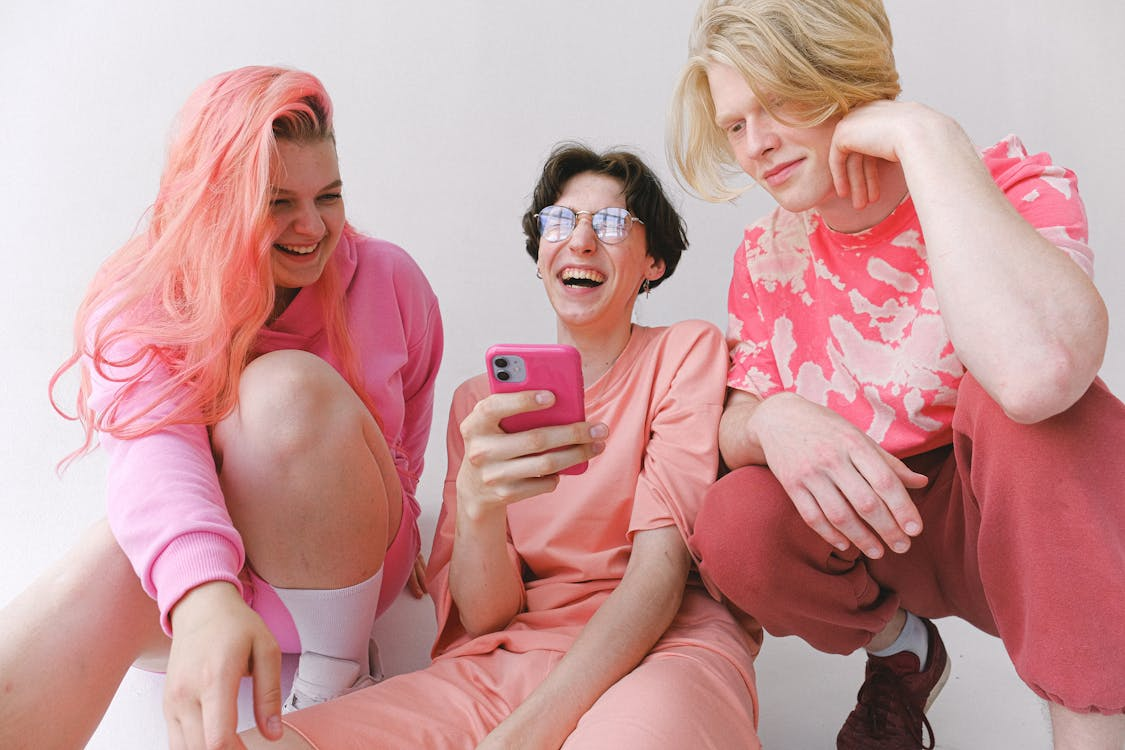When I first discovered the Body Positivity Movement, I was blown away. My entire life I had been geared towards thinking that only thin and tall women were beautiful. I was led to believe that my bigger and curvier physique was not beautiful in the eyes of the media. But after seeing these women, many bigger than me, showing off their bodies with confidence, I too became to believe in myself. Still, there is no denying that the movement I have come to love has excluded the disabled community.
The purpose of the body positive movement is to smash the ‘norms’ about what a beautiful body looks like yet all the campaigns focus on able-bodied individuals, especially able-bodied women.
The struggle to love yourself is not just felt by the able-bodied, many disabled individuals have a negative self-image. By excluding the disabled, we are marginalizing them even further than they already are in everyday society.

A prime example is the Dove Real Beauty campaign, who showcases various women all standing in union — all able-bodied. There is nobody in a wheelchair present. No quadriplegics or anybody with missing limbs. No stroke survivors or anybody with Down Syndrome. No visible disabilities to be seen whatsoever.
Never seeing yourself as the model, as the person people call beautiful, takes a toll, especially on children and young adults. Adolescence is already a time where people feel insecure and depressed about their own bodies but children who have a physical disability are at three times more risk of developing a mental illness. If the body positivity movement hopes to give role models to young teens, why are they excluding disabled young teens who need role models more than anyone?
How can all shape and sizes be deemed beautiful when you exclude anybody who is not able-bodied? Are they not beautiful too?
If you want to practice body positivity you need to include everyone, not just big men and women. For too long we have been afraid of including the disabled in body positivity because we continue to demonize disability, to view it as depressing and make the disabled feel as if their life should be full of suffering. But why are we making these harmful assumptions, why are we so afraid to acknowledge disability as anything other than negative, as something even beautiful and unique?
We need body positivity for the disabled because it is ableist not to and we need to stop these harmful attitudes that hurt the disabled even more. We need to continue working to expand the definition of what it means to be beautiful, an attractive body is not just one that is able-bodied but all bodies.




